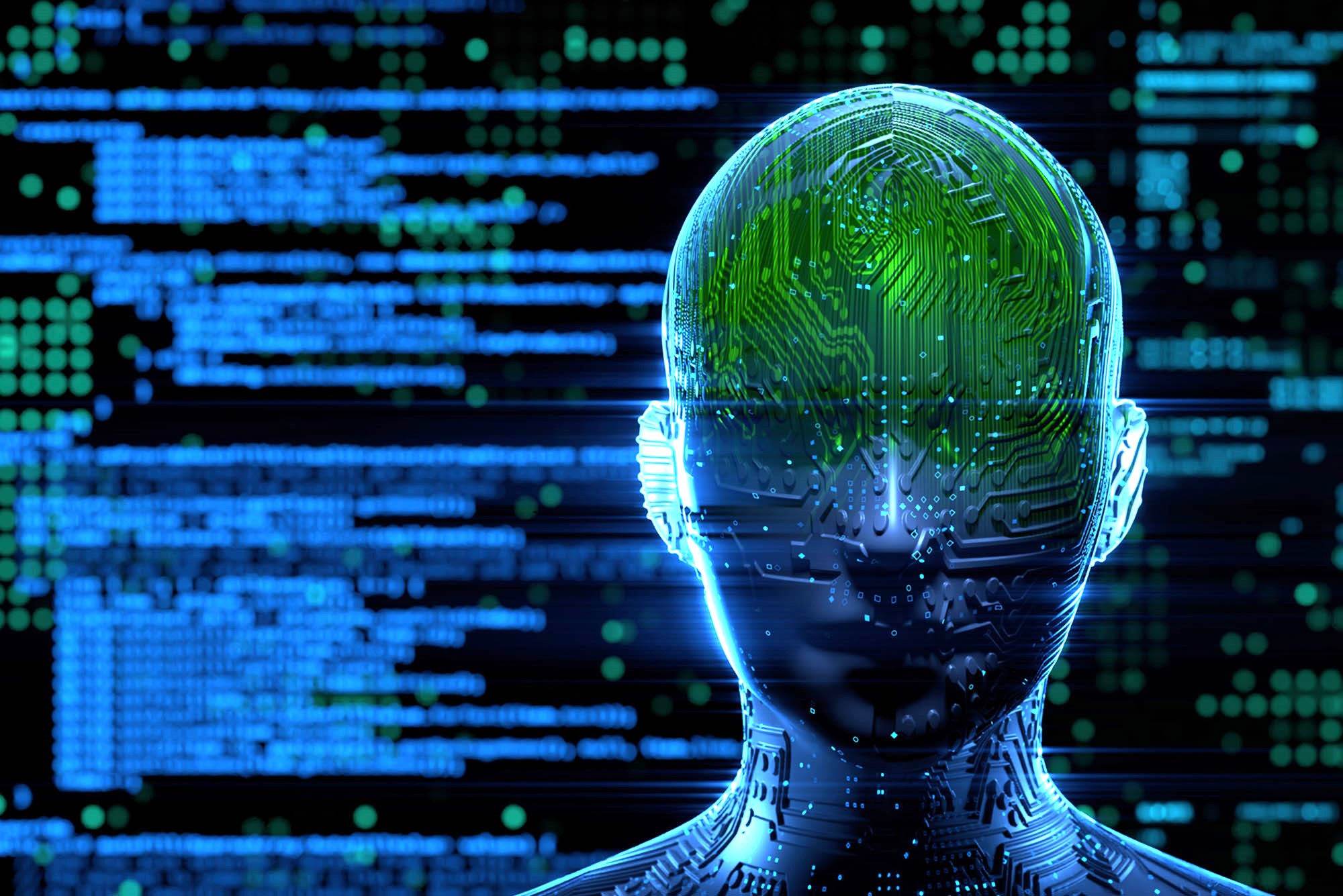Narrow AI: In the era of rapid technological advancement, artificial intelligence (AI) has emerged as a transformative force, offering solutions to countless challenges. However, within this realm of AI, there exists a subtle but potent threat – “narrow AI executions.” This article delves into the hidden dangers of deploying narrow AI systems, exploring the unforeseen consequences they can trigger and the implications for our society.
Understanding Narrow AI Executions
Narrow AI, also known as Weak AI or Artificial Narrow Intelligence (ANI), is designed for specific tasks, excelling within their designated domains. These AI systems are limited in their capabilities, unlike the general AI (AGI) that possesses human-like intelligence. Narrow AI executions may appear harmless, but beneath their seemingly innocuous exteriors lie various threats that demand our attention.
The Dark Side of Narrow AI
Lack of Generalization:
One of the primary threats of narrow AI executions is their inability to generalize knowledge. While they excel in performing specific tasks, they struggle when faced with unfamiliar situations. For instance, a narrow AI trained to recognize cats may fail to identify a new cat breed it hasn’t encountered before. This limitation can have dire consequences, particularly in critical applications like autonomous vehicles or medical diagnoses.
Bias and Discrimination:
Narrow AI systems heavily depend on the data they are trained on. If this training data contains biases or prejudices, the AI system will inevitably inherit and perpetuate them. This can result in discriminatory decisions, reinforcing societal inequalities. For instance, biased AI algorithms in hiring processes can perpetuate gender or racial disparities.
Job Displacement:
The rapid adoption of narrow AI in various industries can lead to job displacement. Automation of tasks previously performed by humans can result in unemployment for many. While proponents argue that AI can create new job opportunities, the transition can be challenging for affected individuals and communities.
Security Risks:
Narrow AI executions can be susceptible to malicious manipulation. Hackers can exploit vulnerabilities in AI systems to gain unauthorized access, steal sensitive information, or disrupt critical infrastructure. The interconnectedness of AI in today’s world amplifies the potential damage caused by security breaches.
Ethical Dilemmas:
Deploying narrow AI systems in ethically complex situations can pose significant challenges. For example, AI-driven decisions in healthcare or criminal justice may raise questions about fairness, accountability, and transparency. Balancing the benefits of AI with ethical considerations remains an ongoing concern.
FAQs:
Q: What is the primary difference between narrow AI and general AI?
A: Narrow AI, also known as Weak AI or Artificial Narrow Intelligence (ANI), is designed for specific tasks and lacks the ability to generalize knowledge beyond its designated domain. General AI (AGI), on the other hand, possesses human-like intelligence and can adapt to a wide range of tasks and situations.
Q: How can bias in narrow AI systems be mitigated?
A: Mitigating bias in narrow AI systems requires careful curation of training data, regular audits, and transparency in algorithmic decision-making. It also involves diverse representation in the design and development teams to identify and address potential biases.
Q: Are there any examples of narrow AI causing real-world harm?
A: Yes, there have been instances where narrow AI executions have caused harm. For example, biased AI algorithms in financial lending have resulted in discriminatory loan approvals, and AI-driven autonomous vehicles have been involved in accidents due to their inability to adapt to uncommon scenarios.
Conclusion
While narrow AI executions offer remarkable solutions to specific problems, they come with inherent threats that must not be underestimated. From the lack of generalization to the perpetuation of bias and job displacement, the implications of narrow AI extend across various domains. Addressing these challenges requires a collaborative effort from researchers, policymakers, and society as a whole to harness the benefits of AI while minimizing its risks. As we continue to integrate AI into our daily lives, a vigilant approach is essential to ensure that narrow AI serves as a force for good rather than a hidden menace.
